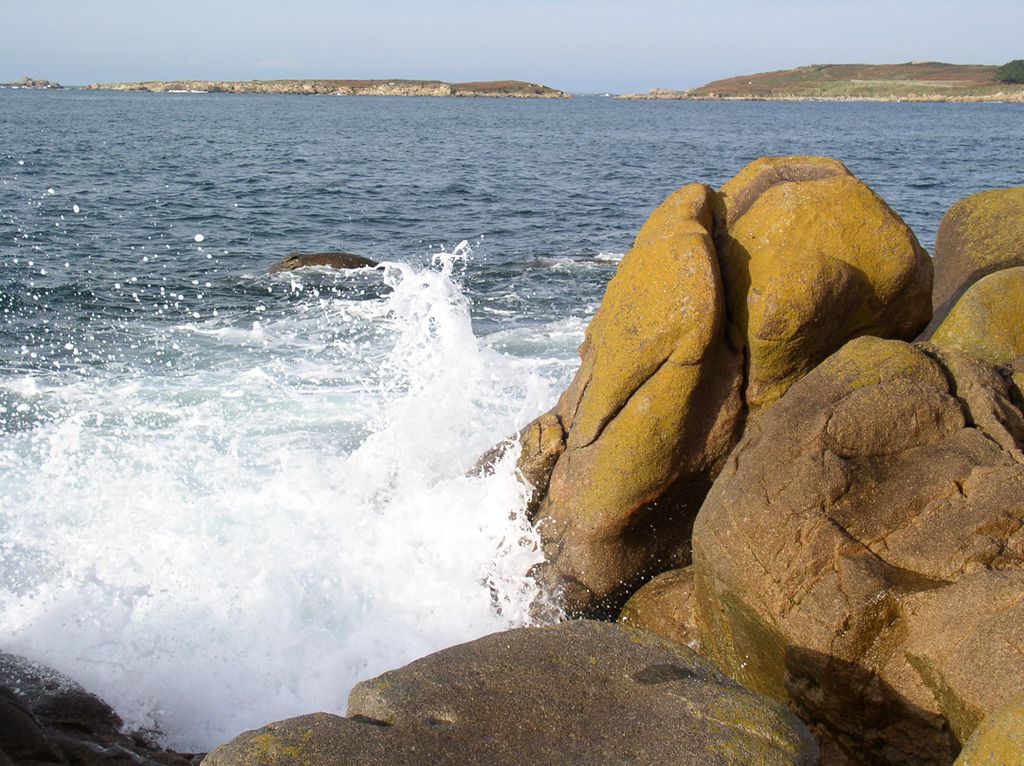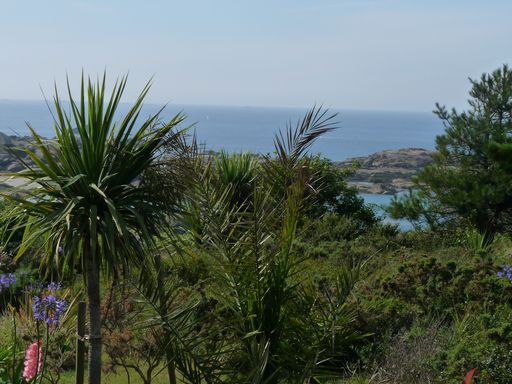
Bringwiller
Pleumeur-Bodou

About
Covering 30 hectares, the coastline is of great botanical, scenic and cultural value. The department of the Conseil Général (local authorities) responsible for natural sites has introduced Camargue horses to the heath to limit the spread of the vegetation. Walking by the sea, you may see traces of holes made in the face rock of the foreshore. These were left by the "chante-perce", a manual drilling tool used to split the rocks, bearing testament to the granite extraction work carried out by the quarrymen.


Toëno
Trébeurden
The Toëno area, which shows evidence of the granite extraction work of the nineteenth and twentieth centuries, is also a marshland of outstanding ecological value. If you visit at low tide, you will...  See
See


Granite quarries
Perros-Guirec
The pink stones of La Clarté have been used since the start of the twentieth century and are characterised by their excellent quality. On your visit to this quarry, find out about the means used to...  See
See


The Viewpoint
Trégastel
If you climb to the viewpoint, you can enjoy a magnificent panoramic view of the coast and the surrounding area. On the hill, you will also notice an old viewpoint indicator in very good condition....  See
See


Bringwiller
Pleumeur-Bodou
Covering 30 hectares, the coastline is of great botanical, scenic and cultural value. The department of the Conseil Général (local authorities) responsible for natural sites has introduced Camargue...  See
See



